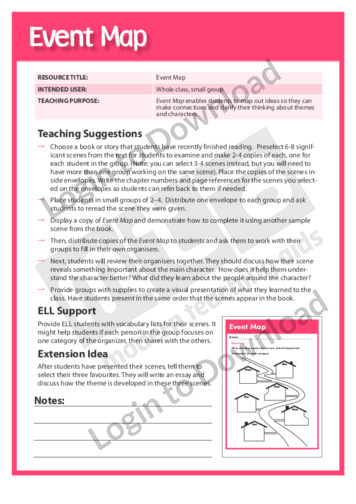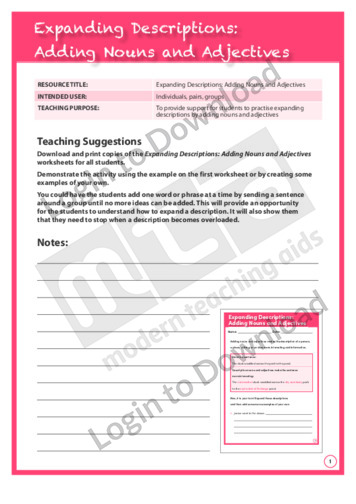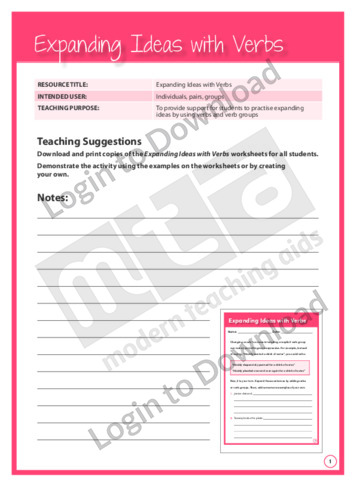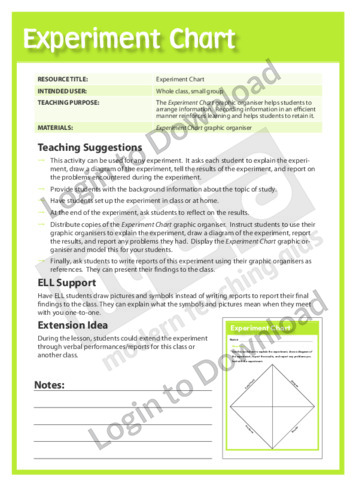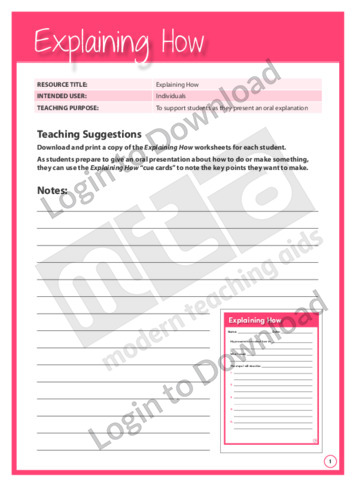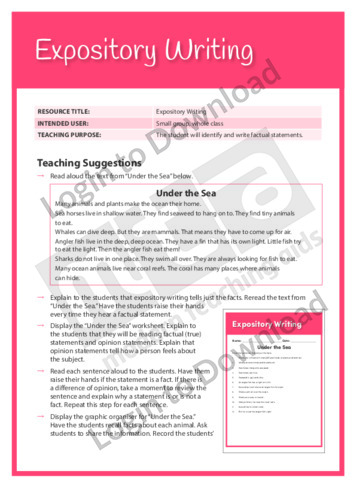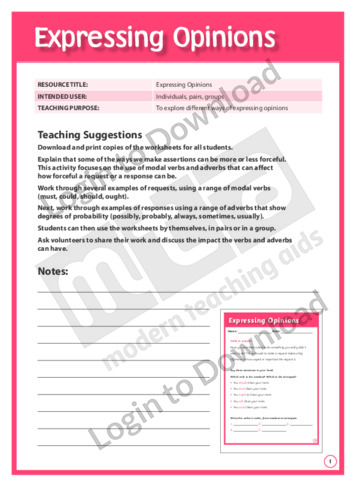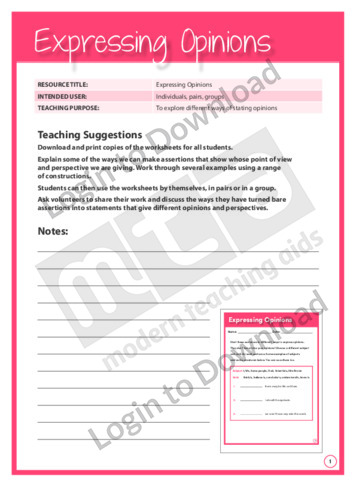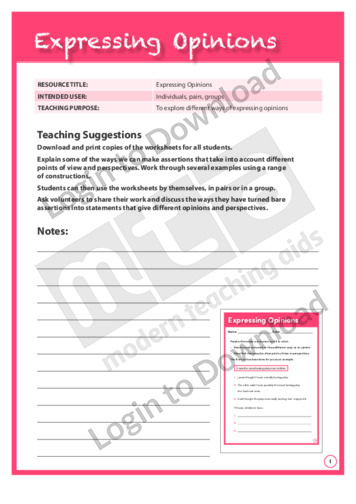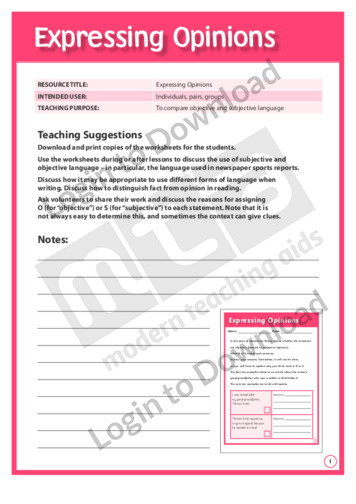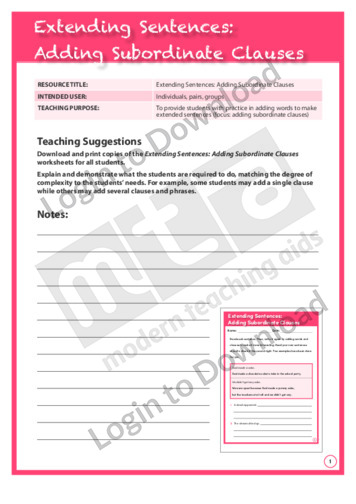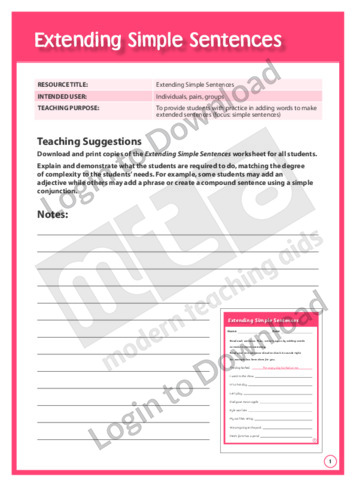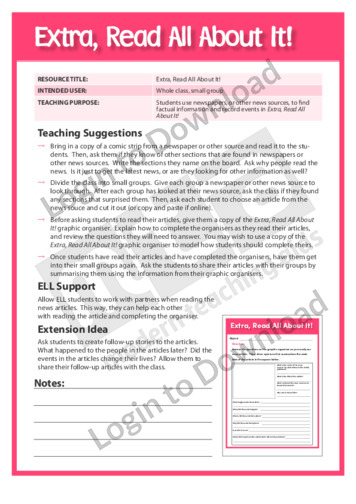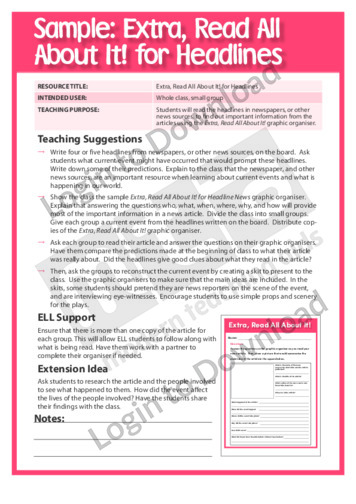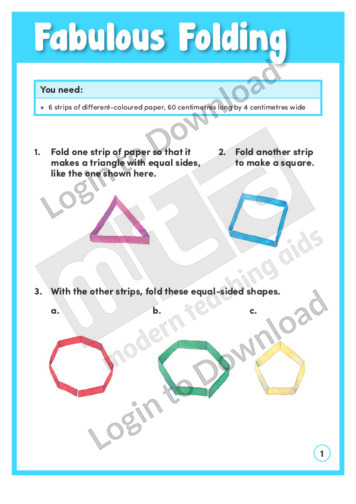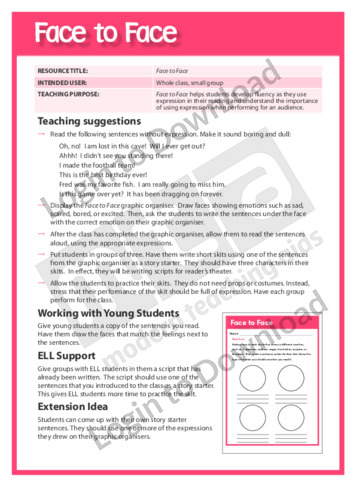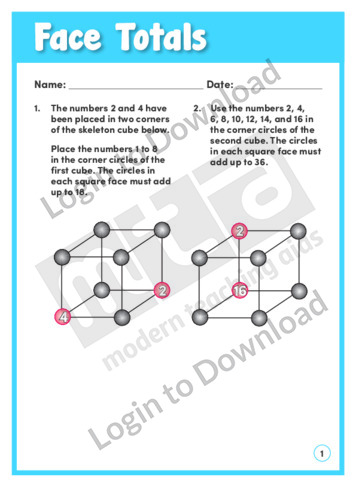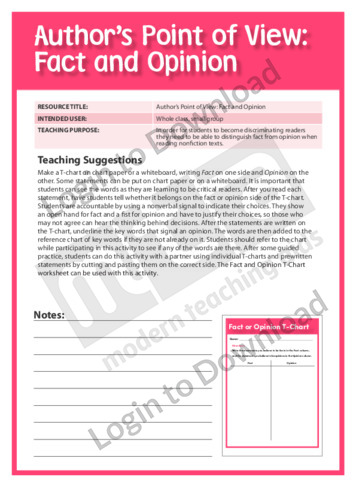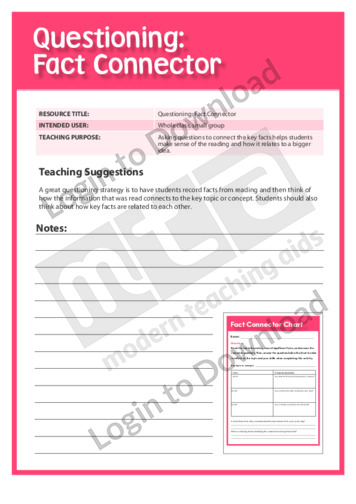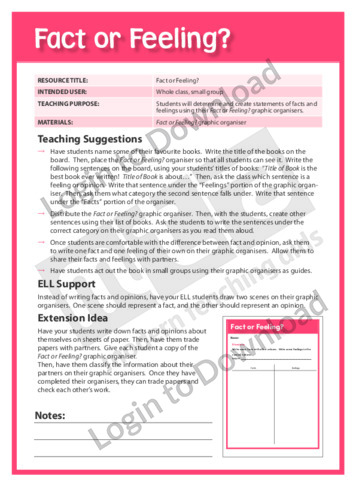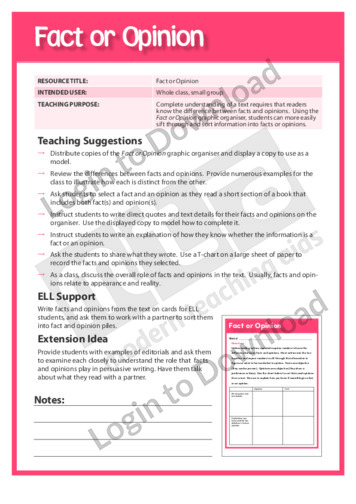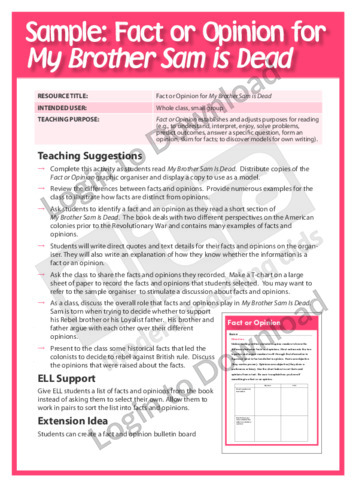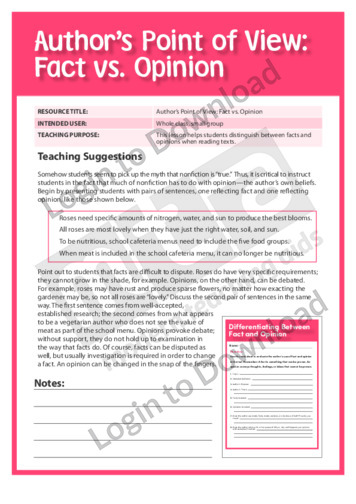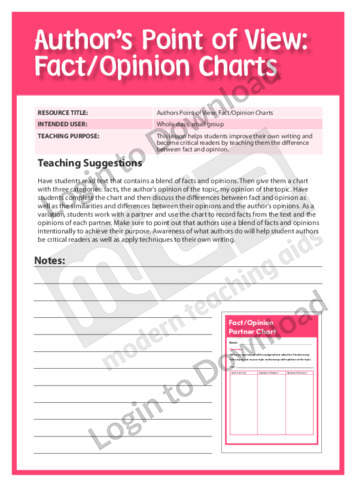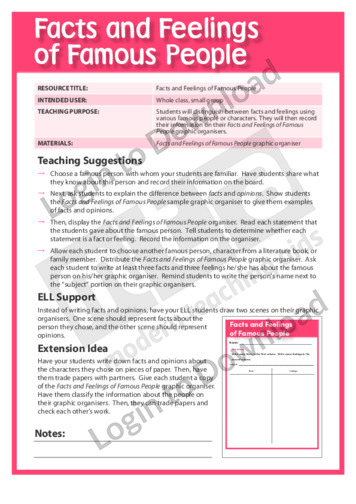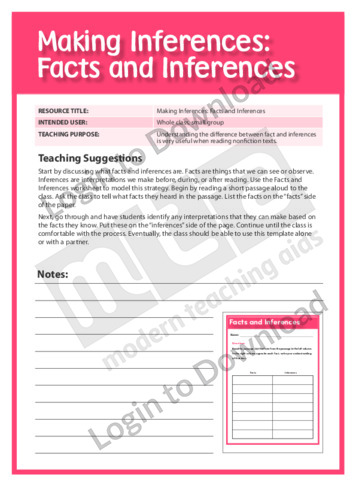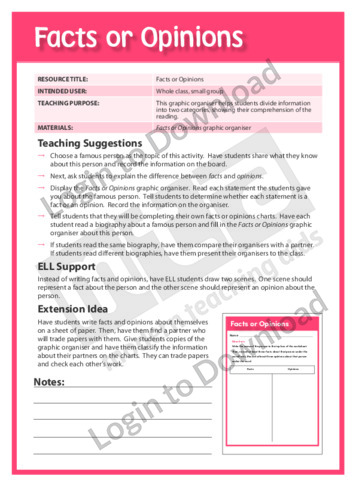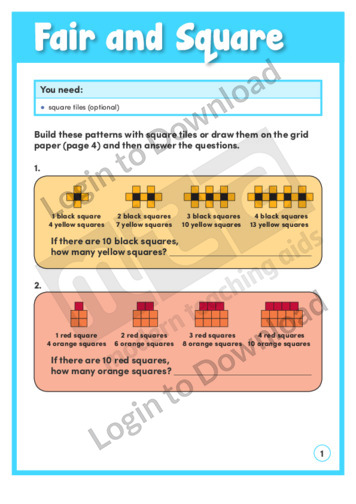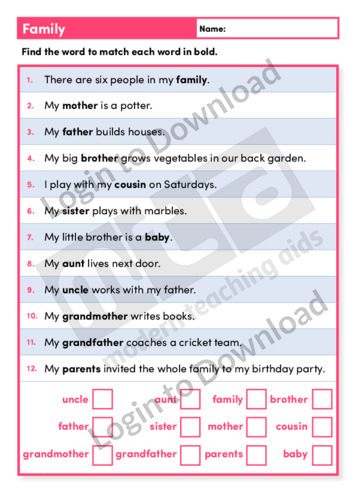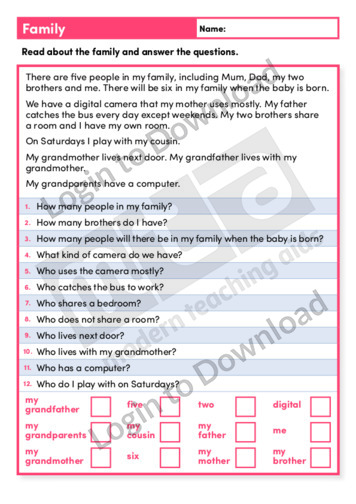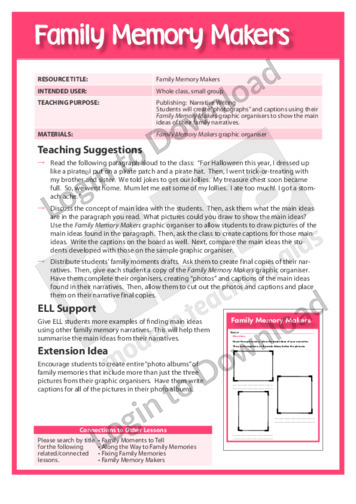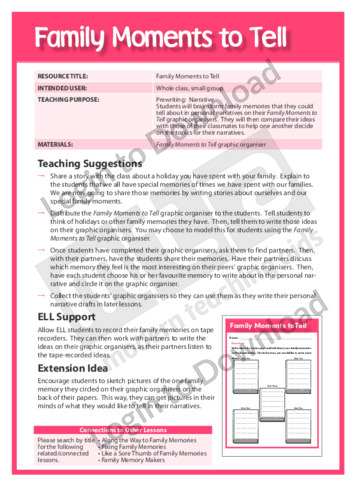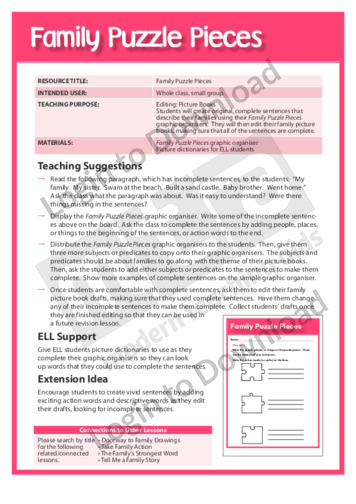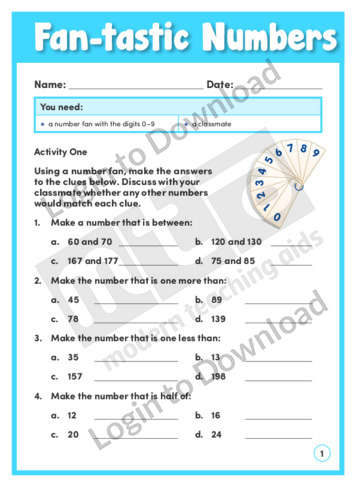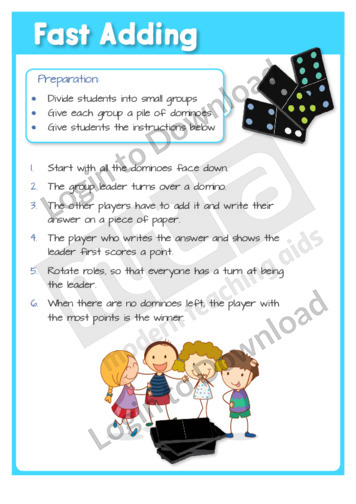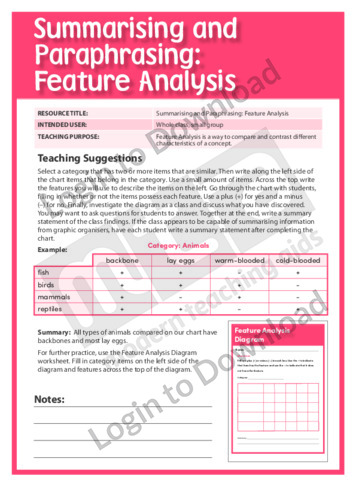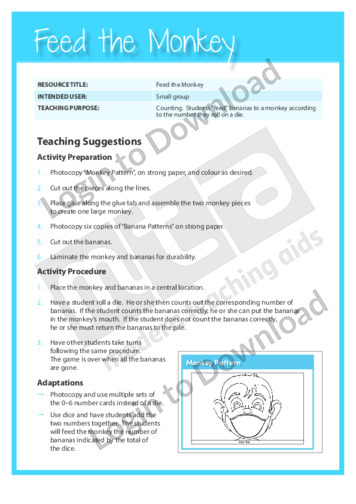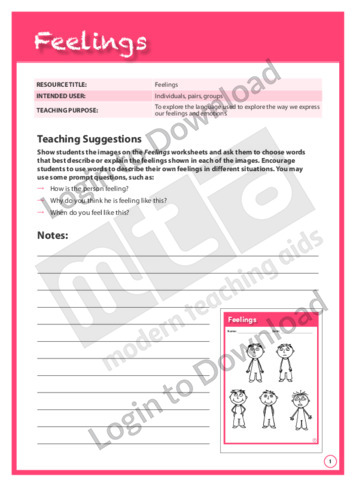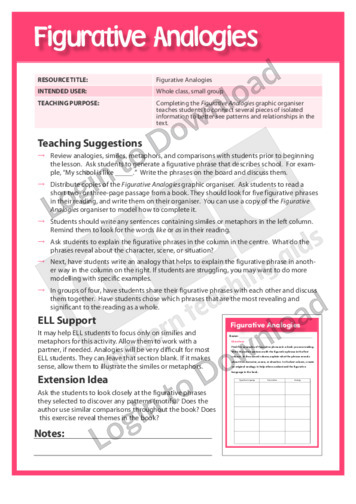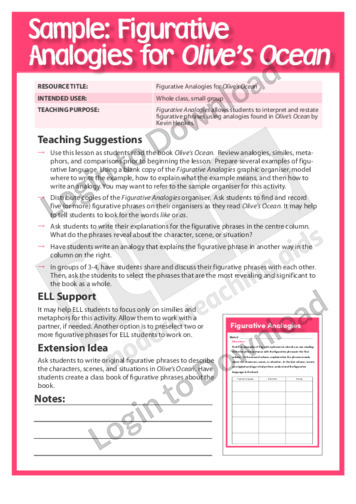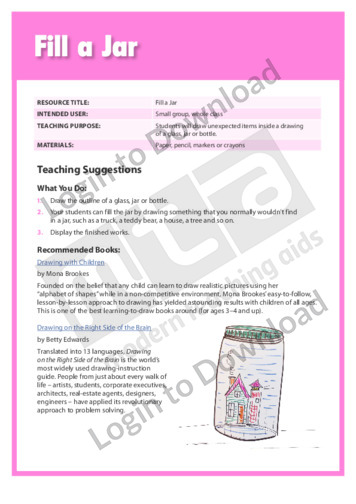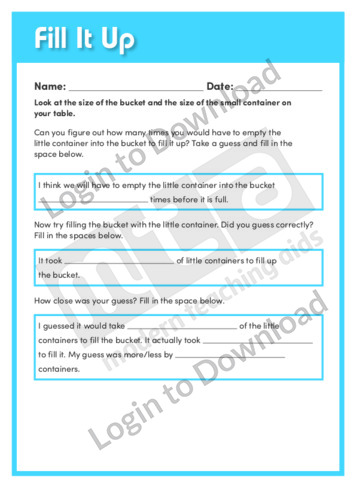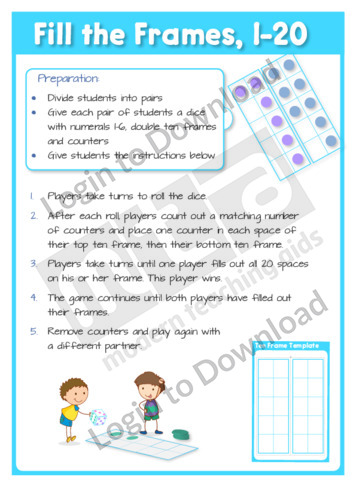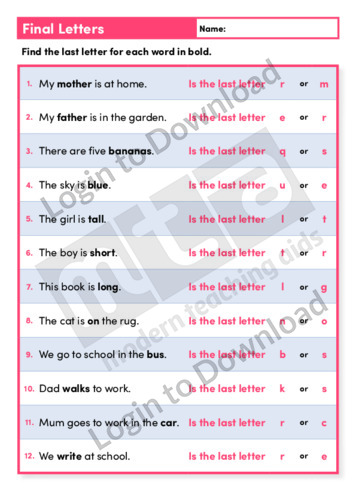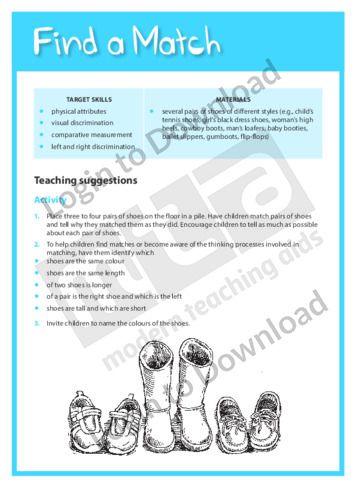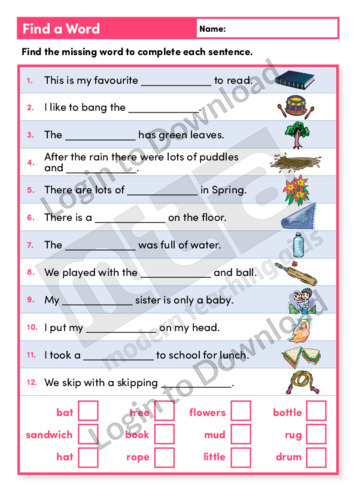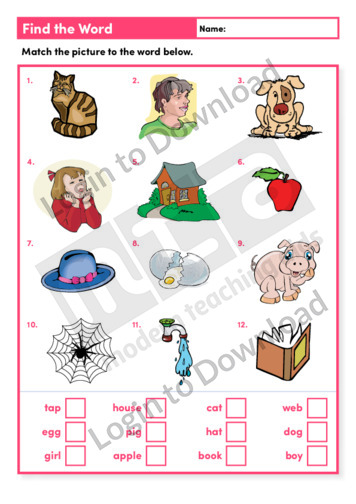This graphic organiser, ‘Event Map’ enables students to map out ideas so they can make connections and clarify their thinking about themes and characters.
This Readers Theatre activity, ‘Every Family Has a History’ encourages students to learn about setting, characters, events and sequence in stories. It also builds reading fluency. This activity includes a script for 4 readers.
This content area reading learning activity, ‘Examining Multiple Texts,’ motivates students to examine multiple texts. It has students preview three different texts and think about how the text would help them to achieve their purpose for reading.
This written language activity, ‘Expanding Descriptions: Adding Nouns and Adjectives’ supports language development by encouraging students to practise expanding descriptions by adding nouns and adjectives. It is aimed at developing students’ awareness of how adding nouns and adjectives makes a description more interesting and informative.
This written language activity, ‘Expanding Ideas with Verbs’ supports language development by encouraging students to practise expanding ideas by using verbs and verb groups. It is aimed at developing students’ awareness of how changing a verb to a more interesting or explicit verb group can make their writing more expressive.
This graphic organiser, ‘Experiment Chart’ helps students to record and arrange information from an experiment in an efficient manner.
This graphic organiser, ‘Experimenting with Barometers’ asks students to conduct experiments using barometers and interpret the data.
This graphic organiser, ‘Experimenting with Static Electricity’ ask students to perform experiments on static electricity and record their findings.
This oral language activity, ‘Explaining How’ supports language development by encouraging students to present an oral explanation. A cue card provided has space for students to record their topic and cues for speaking.
This Writing Traits activity, ‘Expository Writing’ encourages students to identify and write factual statements.
This oral language activity, ‘Expressing Opinions’ supports language development by encouraging students to explore different ways of expressing opinions, using modal verbs and adverbs that show degrees of probability. It is aimed at developing students’ awareness of how the use of modal verbs and adverbs can affect how forceful a request or response can be.
This oral language activity, ‘Expressing Opinions’ supports language development by encouraging students to explore different ways of stating opinions and perspectives. Students will turn bare assertions into statements that give different opinions and perspectives.
This oral language activity, ‘Expressing Opinions’ supports language development by encouraging students to explore different ways of stating opinions and perspectives. Students will turn bare assertions into statements that give different opinions and perspectives.
This oral language activity, ‘Expressing Opinions’ supports language development by encouraging students to distinguish between objective (factual) and subjective (opinion) language. It is aimed at developing students’ awareness of using different forms of language when writing.
This content area reading learning activity, ‘Extend Prior Knowledge,’ helps to extend and enrich students’ prior knowledge about a subject. It is aimed at deepening students’ understanding of a topic by having them make connections to what they already know as they are reading.
This written language activity, ‘Extending Sentences: Adding Phrases’ supports language development by encouraging students to practise adding words to make extended sentences. It is aimed at developing students’ awareness of adding phrases.
This written language activity, ‘Extending Sentences: Adding Subordinate Clauses’ supports language development by encouraging students to practise adding words to make extended sentences. It is aimed at developing students’ awareness of adding subordinate clauses.
This written language activity, ‘Extending Simple Sentences’ supports language development by encouraging students to practise adding words to make extended sentences. The focus is simple sentences.
This graphic organiser, ‘Extra, Read All About It’ asks students to use newspapers, or other news sources, to find factual information and record events.
This graphic organiser, ‘Extra, Read All About It for Headlines’ asks students to read the headlines in newspapers, or other news sources, and identify important information from the articles.
This art project ‘Fabric Assemblage’ enables students to create a collage from fabric, wool and other commonplace materials. It is aimed at developing students’ awareness of basic artistic procedures. It provides a list of materials, easy-to-follow step-by-step art instructions and a list of recommended art books.
In this learning activity ‘Fabulous Folding’ students fold paper strips to form different geometric shapes. They use these to examine the fractions formed by the strips. An answer sheet is provided and includes accompanying teaching notes with suggestions for supporting learning and further exploration.
This graphic organiser, ‘Face to Face’ helps students develop fluency as they use expression in their reading and understand the importance of using expression when performing for an audience.
This graphic organiser, ‘Face to Face for Hattie and the Fox’ asks students to identify the different types of expressions that should be used for Hattie and the Fox, then perform parts of the story using the appropriate expressions.
In the addition activity ‘Face Totals’ students add numbers on the corners of solid 3-D objects to find the face values of the sides of each object. Students can work alone or collaboratively as they solve the problems, exploring ways to find possible answers. An answer sheet is provided and includes teaching notes with suggestions …More
This content area reading learning activity, ‘Fact and Opinion T-Chart,’ teaches students about distinguishing fact from opinion when reading nonfiction texts. It is aimed at helping students to become discriminating readers.
This content area reading learning activity, ‘Fact Connector,’ helps students make sense of the reading and how it relates to a bigger idea. It has students record facts from reading and then think of how the information that was read connects to the key topic or concept.
This graphic organiser, ‘Fact or Feeling’ supports students to identify the difference between facts and feelings in a text.
This graphic organiser, ‘Fact or Opinion’ asks students to sort information into facts or opinions after reading various texts.
This graphic organiser, ‘Fact or Opinion for My Brother Sam Is Dead’ asks students to sort information into facts or opinions after reading My Brother Sam Is Dead by James Lincoln Collier and Christopher Collier.
This content area reading learning activity, ‘Fact vs. Opinion,’ helps students distinguish between facts and opinions when reading texts. It is aimed at teaching students that nonfiction texts aren’t always true and that much of nonfiction has to do with opinion.
This content area reading learning activity, ‘Fact/Opinion Charts,’ teaches students how to distinguish between facts and opinions when reading texts. It is aimed at helping students improve their own writing and become critical readers by showing them how authors use a blend of facts and opinions intentionally to achieve their purpose.
In this learning activity ‘Factor Puzzles’, students explore the ways factors are represented on a polygon and solve puzzles using multiplication. They can also play a game by multiplying the numbers on two dice to cover numbered squares on a gameboard. An answer sheet is provided and includes accompanying teaching notes with suggestions for supporting …More
This graphic organiser, ‘Facts and Feelings of Famous People’ supports students to identify the difference between facts and feelings about various famous people.
This content area reading learning activity, ‘Facts and Inferences,’ helps students understand the difference between facts and inferences. It teaches students that facts are things that we can see or observe, while inferences are interpretations we make before, during or after reading.
This graphic organiser, ‘Facts or Opinions’ helps students divide information into two categories, showing their reading comprehension.
This learning activity, ‘Fair and Square’, prompts students to use tiles or the supplied grid paper to copy patterns of coloured squares and work out each pattern’s rule. An answer sheet is provided and includes teaching notes with suggestions for supporting learning and further exploration.
This vocabulary activity, ‘Family’ supports vocabulary development by encouraging students to identify the correct family words in context.
This reading activity, ‘Family’ provides opportunities for practice with reading a passage about a family and answering comprehension questions.
This graphic organiser, ‘Family Memory Makers’ supports students in identifying the main idea from their family picture books.
This graphic organiser, ‘Family Moments to Tell’ supports students in brainstorming family memories to create personal narratives.
This graphic organiser, ‘Family Puzzle Pieces’ supports students in developing their writing skills and structuring complete sentences about their families.
This graphic organiser, ‘Family Tree’ helps students understand the relationship of equivalent numbers in a format that is easy to understand and translate.
In the learning activity, ‘Fan-tastic Numbers’, students are challenged to read any 3-digit whole number and order any set of three or more whole numbers (up to 99). An answer sheet is provided and includes accompanying teaching notes with suggestions for supporting learning and further exploration.
This maths activity, ‘Fast Adding’ develops basic maths skills by encouraging students to practise addition, as part of a game played in small groups with dominoes.
This content area reading learning activity, ‘Feature Analysis,’ helps students compare and contrast different characteristics of a concept. It is aimed at giving students practice with summarising information from graphic organisers.
This maths activity, ‘Feed the Monkey’ develops basic maths skills by encouraging students to identify numbers rolled on a die and feed the monkey that many bananas. It is aimed at developing students’ knowledge of counting. It provides a monkey pattern template, banana cards, a bunny pattern template, carrot cards and number cards.
This Writing Traits activity, ‘Feeling and Tone in Writing’ encourages students to identify a positive or negative feeling and tone in a paragraph.
This oral language activity, ‘Feelings’ supports language development by encouraging students to explore the language used to express feelings and emotions. It is aimed at developing students’ awareness of feelings through a fun activity in which students have to choose words that best describe certain images.
This art project ‘Fill a Jar’ enables students to create a picture of the unexpected contents of a jar. It is aimed at developing students’ awareness of basic artistic procedures. It provides a list of materials, easy-to-follow step-by-step art instructions and a list of recommended art books.
This units of measurement learning activity, ‘Fill It Up’ asks students to practise with estimating and ordering the capacity of different objects.
This maths activity, ‘Fill the Frames, 1-20’ develops basic maths skills by encouraging students to practise counting and number recognition as part of a ten-frame game played in pairs. It includes ten frames, six-sided dot and numeral dice templates and counters to be distributed to each pair.
This phonics activity, ‘Final Consonant Diagraph ‘ch” encourages students to say each word and choose the word with the same beginning sound.
This phonics activity, ‘Final Consonant Diagraph ‘sh” encourages students to say each word and choose the word with the matching ‘sh’ sound at the end.
This spelling activity, ‘Final Letters’ provides opportunities for practice with correctly identifying the last letter in each word.
This Beginning Maths activity, ‘Find a Match’ encourages students to identify, classify and sort shoes into matching pairs and discuss similarities and differences.
This vocabulary activity, ‘Find a Word’ encourages students to identify the correct word for the context.
This reading activity, ‘Find the Word’ provides opportunities for practice with matching pictures to common words.
It�s that easy!

